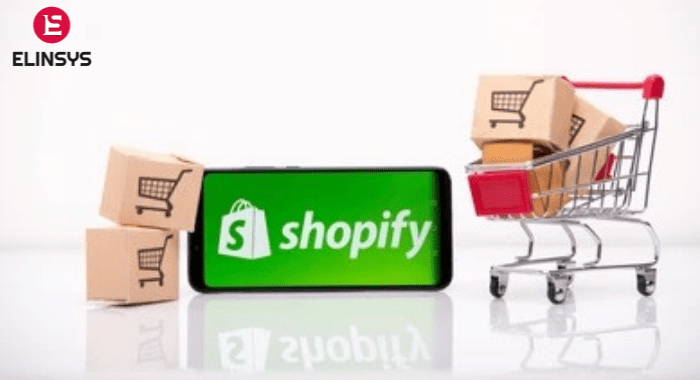Choosing an eCommerce solution could be the biggest decision you take if you are moving from brick and mortar to online. Considering the cost of the platform you choose is a very important aspect to begin with. Make sure that there are no hidden costs or surprises during or after implementation. From third-party apps and ongoing maintenance to solution partners, optimization and more – the cost goes beyond the licensing fee. It is hence essential to understand the TCO – total cost of ownership of each platform and then select the right one for your business.
What exactly is TCO and what exactly does it include?
TCO is the sum of all costs and expenses with buying, implementing and managing the ecommerce solution you use. From a technical and pricing perspective, this includes licensing fee, hosting, extensions, third party apps, feature development, design and ongoing maintenance. Platform licensing fees tend to change as the platform grows too. From a resource perspective consider what mix of skills you need to successfully launch and maintain the platform. Each platform has a pricing structure and store owners must calculate the TCO for each of the platforms if they wish to stay in budget.
Apart from this consider the opportunity cost. It is the measure of potential loss when choosing a platform over alternatives.
So what are your options?
When evaluating eCommerce platforms, understand that they fall into the following categories.
On-premise: Here, the eCommerce platform will be installed locally on the company’s hardware systems. Upfront costs include the purchase of the infrastructure and licensing. Ongoing costs also include maintenance and support, security and backups and software updates.
Cloud: The platform is hosted and managed on cloud. They maintain the infrastructure, upgrades and develop new features and enhancements.
SaaS: SaaS is software as a service. It is a software licensing and delivery model where a third party hosts and maintains the software application and is accessed via the internet. The fee is typically a monthly subscription.
Open source eCommerce can be either on-premise or cloud based. SaaS options can only be on cloud.
Here are a few questions you should consider while purchasing an eCommerce platform:
- What is the future growth?
- What are the native out-of-the-box-features to meet our business requirements?
- What kind of support is offered?
- Can the platform handle peek business?
Start by evaluating third party applications and how much revenue each one drives. They keep evolving and you want to make sure that the features they offer do not overlap with the native offerings.
Once you choose your platform and launch your new site – the final thing to think about is the resources you will need to optimize customer experience. Although optimization is an ongoing process that requires continuous evaluating, testing and updating, it is important to keep updating the UX design for optimal user experience. TCO for an eCommerce solution is not as straightforward as comparing license fees. Once you know what to compare and how to select the right platform – the choice will be an informed decision rather than a random pick.


